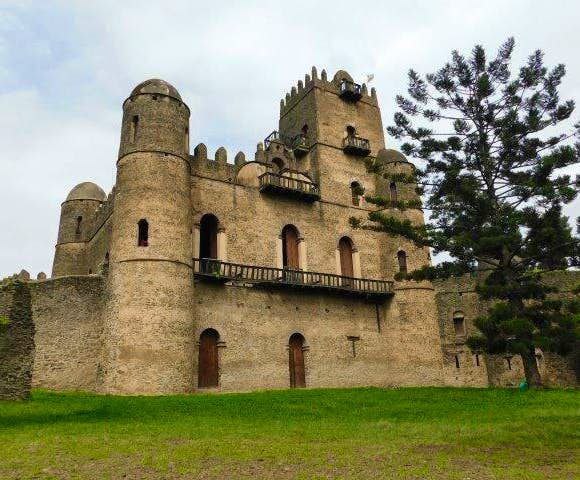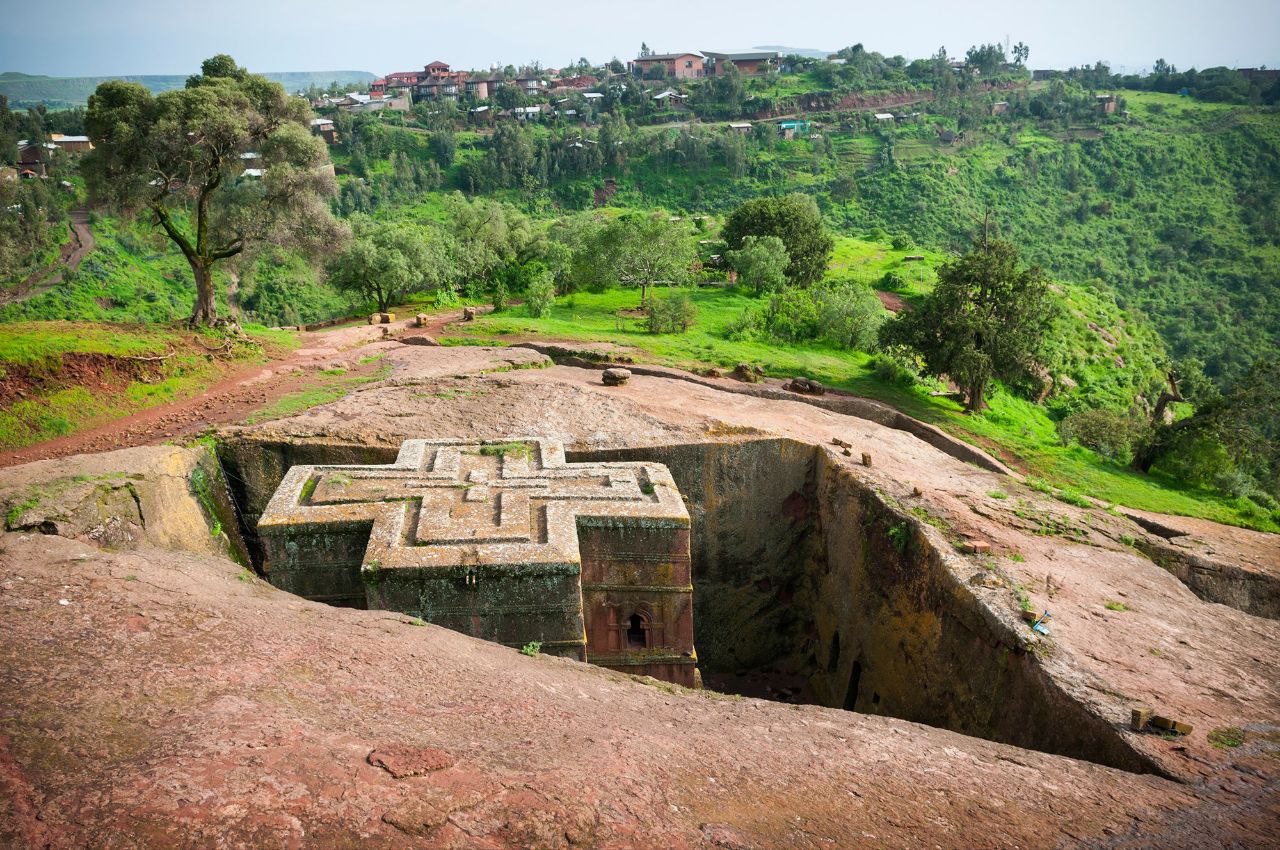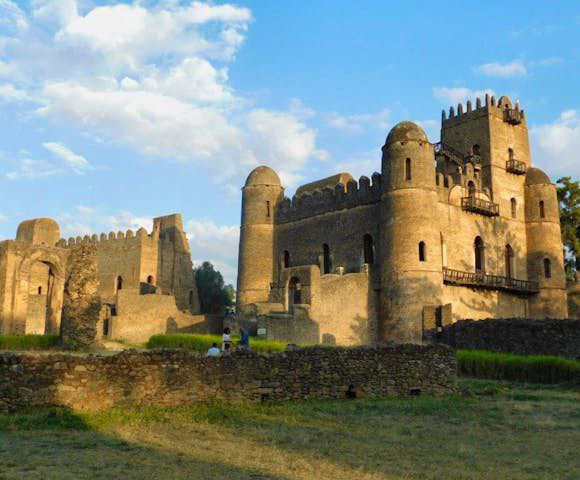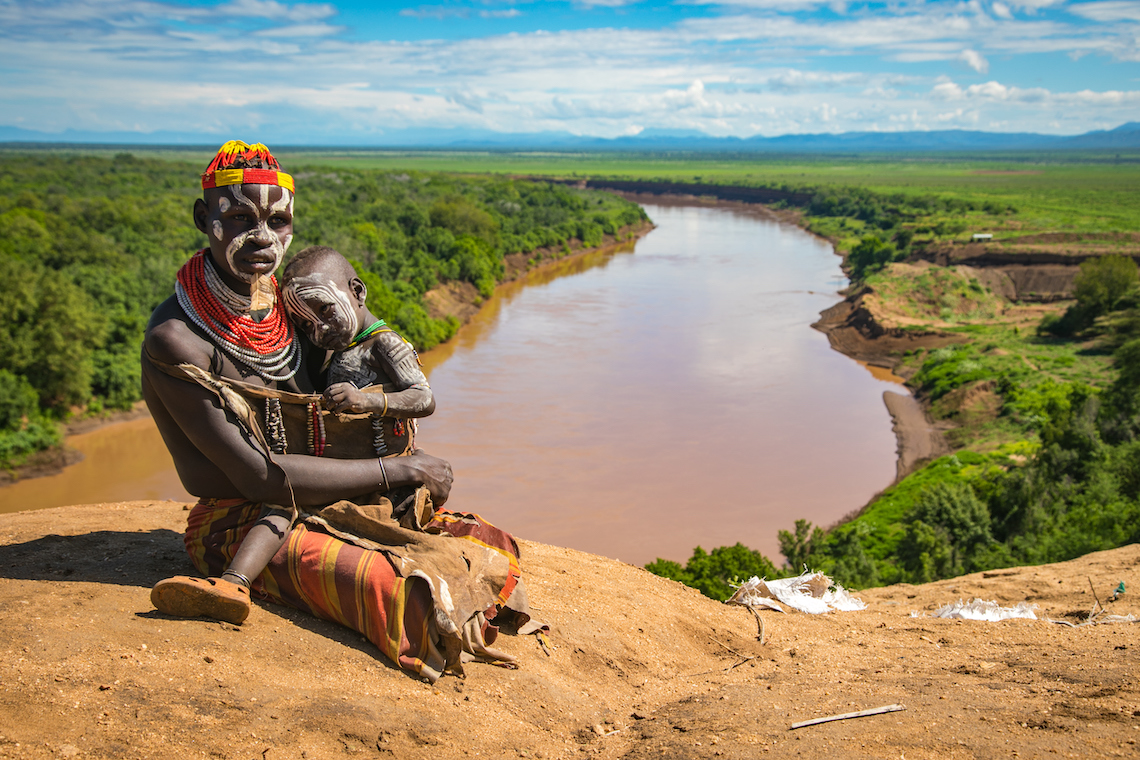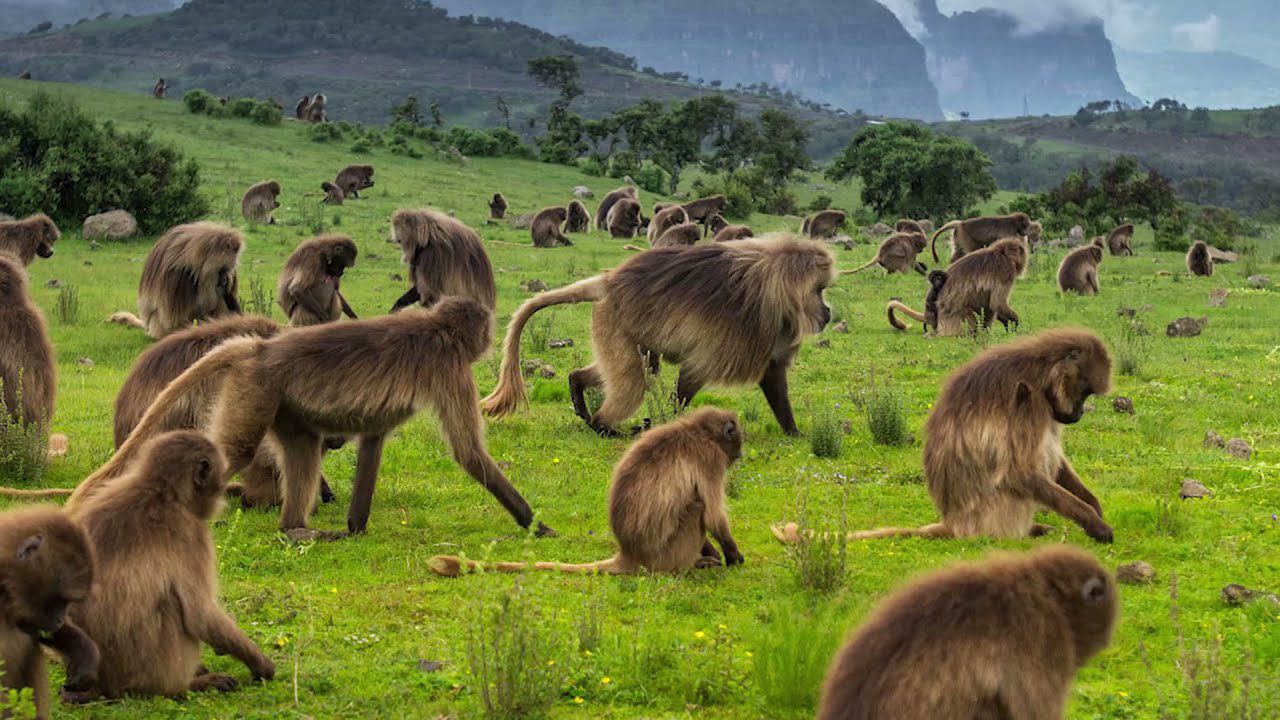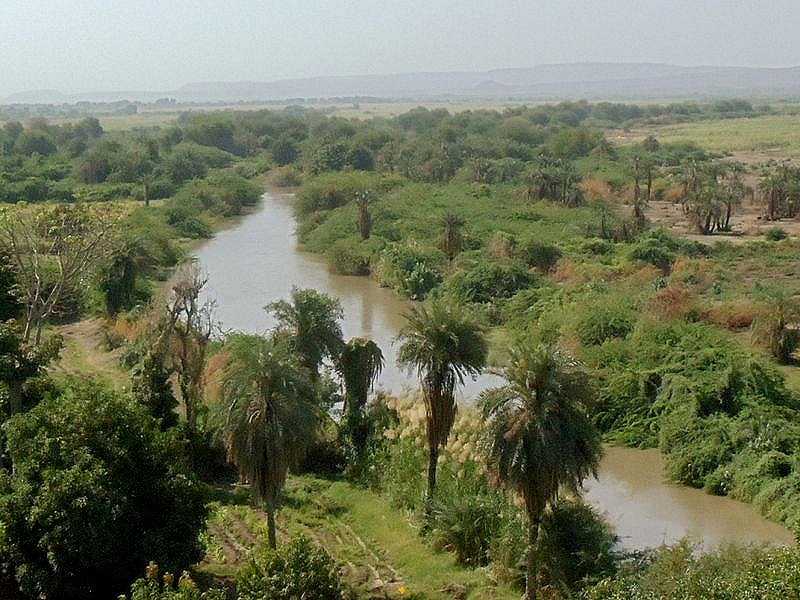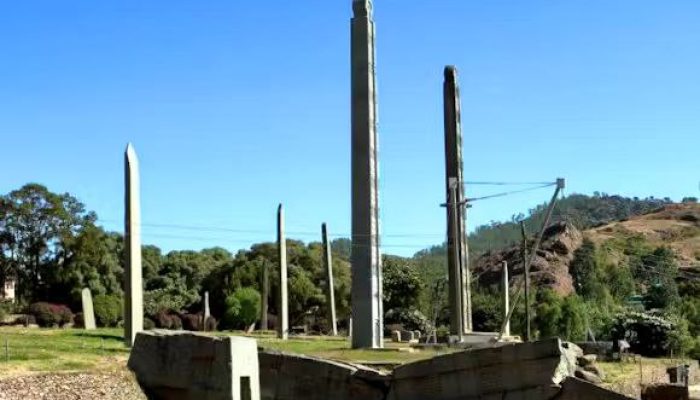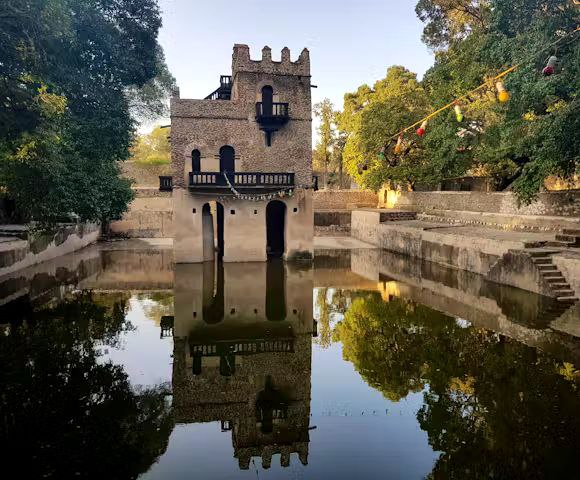
Ethiopian Economy
About 85 per cent of the population earns living from the land, mainly as subsistence farmers
Agriculture is the backbone of the national economy.
- coffee
- Oil seeds
- Pulses
- Flowers
Ethiopian Language
Ethiopia is a multi-ethnic state with a great variety of languages spoken in the country, of which there are 83 with 200 dialects.
Amharic working language of the Federal Democratic Republic of Ethiopia
- Amharic
- Oromigna
- Tigrigna
- English, Italian, French and Arabic are widely spoken

